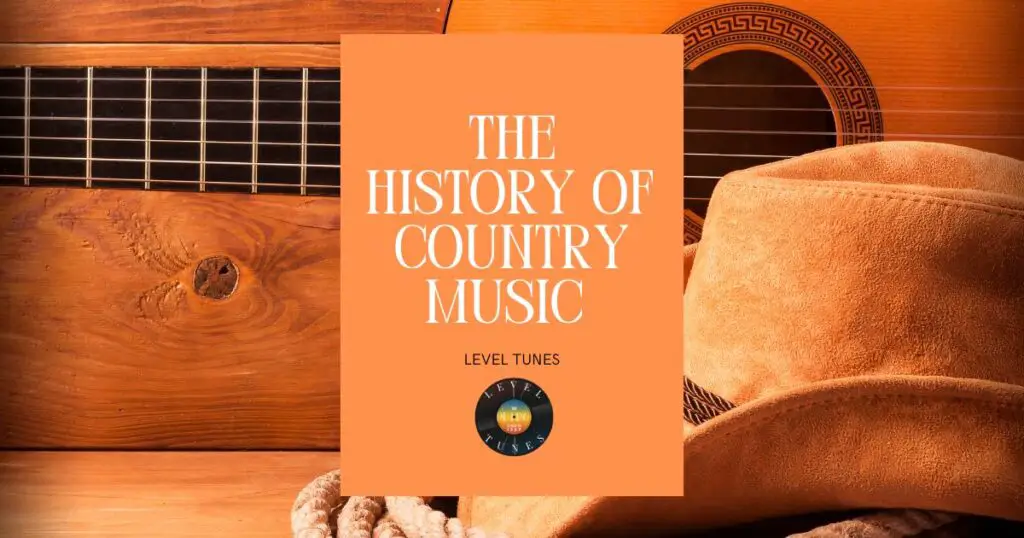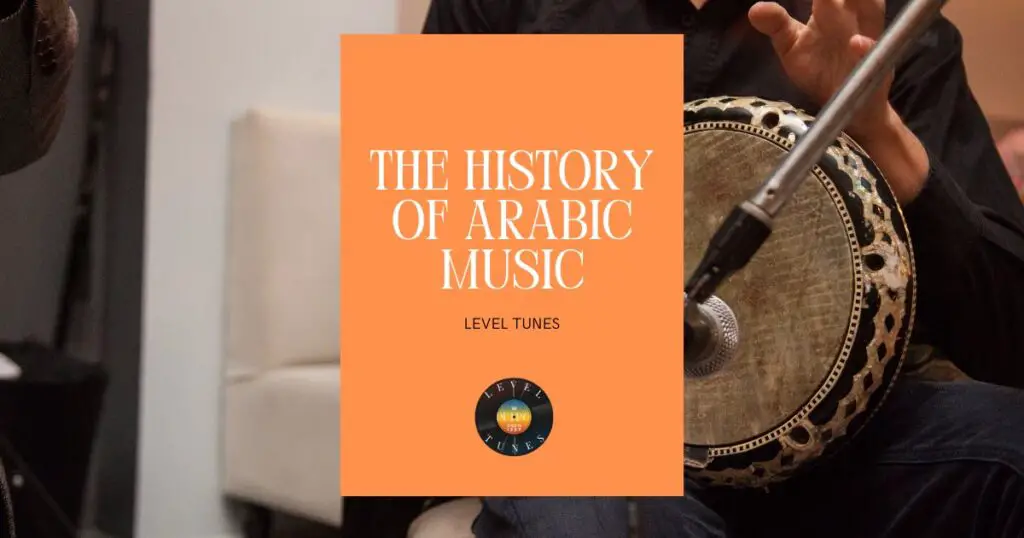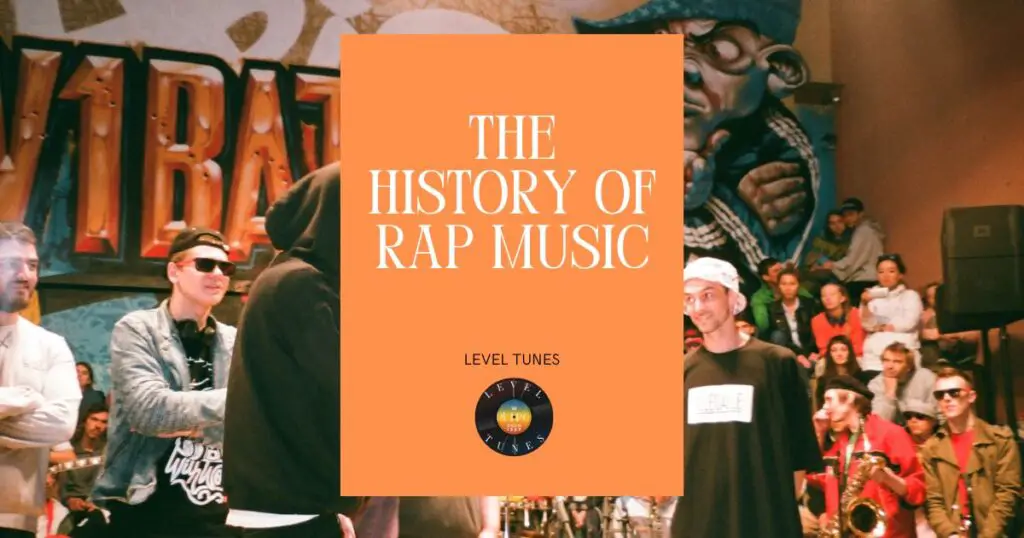Immerse yourself in the captivating world of Spanish music as we journey through its rich and diverse history. Delve into ancient influences, traditional genres, and modern styles that have shaped Spain’s musical landscape.
From Celtic melodies to Flamenco’s fiery passion, this vibrant heritage has left its mark on Western music and beyond.
Key Takeaways
- Spanish music has a diverse history influenced by Celtic and Iberian origins, Roman culture, Arabic and Sephardic music, as well as the Renaissance and Baroque eras.
- Folk music and traditional songs have always been an integral part of Spanish culture with each region boasting its own unique sounds and styles like jotas, perantones, pasacalles among others.
- The emergence of genres such as flamenco, zarzuela (a mix between spoken dialogue and sung arias) or tonadilla (short comic opera) represent just a small sample of Spain’s rich cultural heritage.

Prehistoric And Ancient Spanish Music
Celtic and Iberian influences can be seen in prehistoric and ancient Spanish music, with evidence of bone flutes dating back to the Paleolithic era.
Celtic And Iberian Influences
As a music lover, you must be intrigued by the rich history of Spanish music, deeply rooted in its Celtic and Iberian origins. It’s fascinating to know that Galicia and Asturias, located in northwestern Spain, are where prehistoric and ancient Spanish music draw their primary influences from the melodious Celtic culture.
Moreover, another important element that shaped the unique Spanish sound is the Iberian influence which predates even Roman colonization. The indigenous people of Iberia contributed to an array of captivating rhythms and various folk styles evident in many regions across Spain today.
Roman Influence
As a music lover, you may be intrigued by how Rome’s powerful presence in ancient times extended its influence on the development of Spanish music. In fact, Roman culture played an essential role in shaping almost every social occasion where music was being shared and enjoyed.
This dynamic blend of styles left a lasting impact on the burgeoning Spanish music scene as it opened doors to new forms of expression and creativity. The rise of the Visigoths during this period contributed further to the evolution of sacred music and chants in Spain.
Thus, even today, thanks to these early influences from Roman culture, Spain’s rich cultural heritage continues to flourish with diverse historical manifestations seen throughout the country’s thriving artistry in various musical compositions.
Folk Music And Traditional Songs
Folk music and traditional songs have always been an integral part of Spanish culture, with each region boasting its own unique sounds and styles. These melodies draw from both secular and religious themes, often telling stories passed down through generations in the form of oral tradition.
In my own experience exploring Spain’s rich musical heritage, I found that many folk songs can be traced back to literary sources that date far into antiquity. Researchers like Ledesma conducted extensive studies on these tunes and categorised them based on their musical qualities.
As a music lover myself, I find it fascinating how these age-old compositions still resonate today – captivating audiences not only within Spain but also across the globe.

Music In Medieval Spain
Gregorian chants and troubadours were popular during this era, with Arabic and Sephardic music also having a significant impact on Spanish music.
Gregorian Chants And Troubadours
During the medieval period in Spain, music played a significant role in both religious and secular contexts. Gregorian chant was considered the most sacred and authentic form of liturgical chant and believed to be sung to Gregory.
It became the standard within Spain’s western Christendom, with its widespread use in Gregorian liturgy. Meanwhile, troubadours were the primary source of secular music for audiences during this era.
These poet-musicians hailed from Occitan regions along France’s southern coast and sang in their language, which spread through Catalonia into Aragon by the end of the 12th century.
The term “troubadour” is widely regarded as originating from trobador – an Occitan word that means “finder” or “inventor.” Troubadours’ lyrical style often involved courtly love themes like chivalry or romance, but they also wrote political songs criticizing nobles or rebelling against authority figures.
Arabic And Sephardic Music
Arabic music was introduced to Spain by the famous musician, Ziryab. Cultural fusion took place as the Arabic music was influenced by neighboring countries’ music and developed into a distinct genre in Spain.
The Jews living in Spain were passionate about maintaining Andalusi classical music, also known as Arab-Andalusian music. This genre blended Moorish influences with Spanish Christian culture making it culturally rich and diverse.
Judeo-Spanish Sephardic songs have been composed, remembered, and adapted across the Mediterranean since the late fifteenth century.
Cantigas De Santa Maria
The Cantigas de Santa Maria is a collection of monophonic songs from medieval Spain, composed and assembled at the court of Alfonso the Learned. It is one of the largest collections of its kind and is characterized by the mention of the Virgin Mary in every song.
The illustrations in the book are also noteworthy as they were made in the 13th century during medieval Spain. This valuable piece of history adds to our understanding of Spanish music during this period, highlighting not only its religious significance but also its cultural importance.
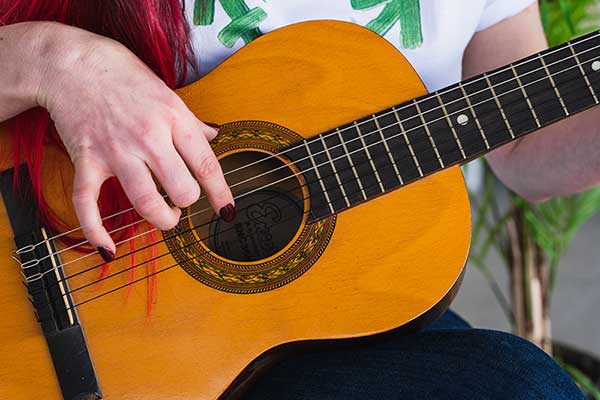
The Renaissance
The Renaissance period saw the introduction of polyphonic instrumental music, with composers like Josquin des Prez and Diego Ortiz making significant contributions to the Spanish music scene.
Josquin Des Prez And Diego Ortiz
One of the most significant periods in the history of Spanish music was the Renaissance, and two notable composers during this time were Josquin des Prez and Diego Ortiz.
Josquin was a French composer who worked mainly in Italy and is known for his polyphonic vocal works such as motets, chansons, and masses. His compositions were hugely influential on European music at the time due to their advanced harmonies, intricate counterpoint, and expressive melodies.
Meanwhile, Ortiz was a Spanish composer who specialized in instrumental music, particularly intabulations for keyboard instruments such as harpsichord or plucked instruments like guitar or vihuela.
Both Josquin des Prez and Diego Ortiz contributed significantly to expanding the boundaries of Renaissance music through experimentation with new techniques such as harmonic dissonance and greater use of chromaticism.
Their work laid the groundwork for future innovations in Baroque music such as Bach’s ‘well-tempered clavier’ or Beethoven’s Symphony No 9.
La Folia And The Villancico
I have always been struck by the beauty and complexity of Renaissance music, especially two key genres: La Folia and the Villancico. La Folia is a chord progression that originated from folk music in Portugal during the late 15th century, before being adopted by many composers throughout the Renaissance and Baroque periods.
On the other hand, Villancico is a type of Spanish song that emerged during the Renaissance but can be traced back to earlier musical traditions. It features mostly simple melodies with repetitive verses that made it ideal for performance by large groups like choirs or church congregations.
The guitar music structure of these two genres adds another level of interest since it provides an exciting interpretation beyond what just listening can offer.
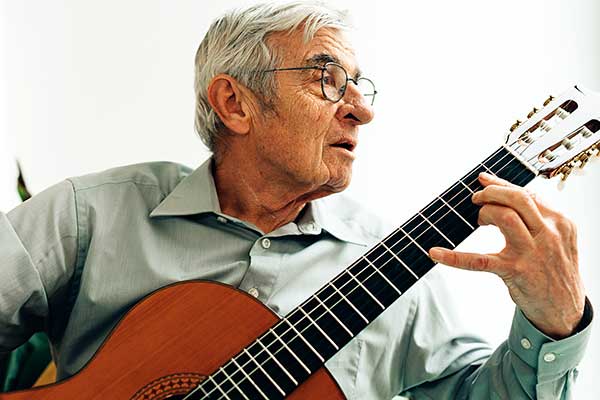
The Baroque Era
During the Baroque era in Spain, composers like Tomás Luis de Victoria and Sebastián Durón created intricate polyphonic compositions that blended sacred and secular themes.
The emerging musical form of zarzuela also gained popularity during this time, adding spoken dialogue to sung arias.
Tomás Luis De Victoria And Sebastián Durón
As we delve into the Baroque era of Spanish music, two names stand out: Tomás Luis de Victoria and Sebastián Durón. Victoria is known for his sacred choral works, often using intricate polyphonic techniques, while Durón was a master of theater music.
Durón wrote extensively for the stage and was recognized as one of the leading Spanish composers of theater music during his time. However, this genre is not often performed today.
Meanwhile, Victoria’s most famous work is likely his “Requiem Mass,” which features intense harmonies and intricate melodic counterpoint.
Zarzuela And Tonadilla
As we delve into the Baroque era of Spanish music, we come across two fascinating forms of musical entertainment – Zarzuela and Tonadilla. Zarzuela is a Spanish lyric-dramatic genre that emerged as a new form of entertainment in the 19th century, combining spoken scenes with operatic and popular songs.
Tonadilla, on the other hand, was a form of musical theatre that existed in the 18th century combining spoken dialogue with songs. It was typically shorter compared to Zarzuela but no less entertaining.
Interestingly enough, despite being celebrated now as significant contributions by Spain to world culture, both forms experienced fading out over time until efforts by historians brought them back from obscurity decades later during times like during Franco’s dictatorship where these art forms became imbued with political symbolism once again before finally being rediscovered after many years away from public view through various revival movements seeking preservation.
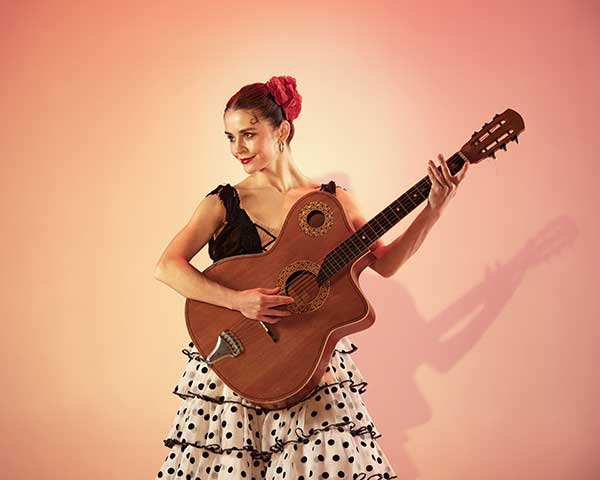
Classical Period
The Classical Period saw the rise of composers such as Luigi Boccherini and Antonio Soler in Spain who produced instrumental and vocal works in the Western music tradition.
Luigi Boccherini And Antonio Soler
Luigi Boccherini and Antonio Soler were two of the most prominent composers associated with the Classical Period of music in Spain. They often drew inspiration from Italian models, such as Domenico Scarlatti, who had himself been appointed to the Madrid royal court.
Boccherini was primarily known for his cello sonatas and concertos, which are still enjoyed by audiences today. Unfortunately, he died in poverty despite his contributions to classical music.
The Classical Period in western classical music history generally occurred between 1730 and 1820, with Muzio Clementi and Antonio Salieri being among some of the other well-known composers of this era.
Enlightenment And Romanticism In Spanish Music
During the Classical Period of Spanish music, the political ideas of individualism from the Age of Enlightenment began to influence artists. The emphasis on individual self-expression led to changes in musical composition and performance styles during this time.
For example, composers started to experiment with new forms of music that allowed them greater freedom and creativity. In contrast, Romanticism arrived late in Spain’s literature but lasted only for a short but intense period.
Francisco Goya is renowned as one of Spain’s greatest painters who lived around when Romanticism was at its peak.
Overall, Enlightenment and Romanticism left a lasting impact on Spanish music by emphasizing individuality, self-expression, rich melodies over structure and perfect harmony – all elements still evident in today’s Spanish music scene.
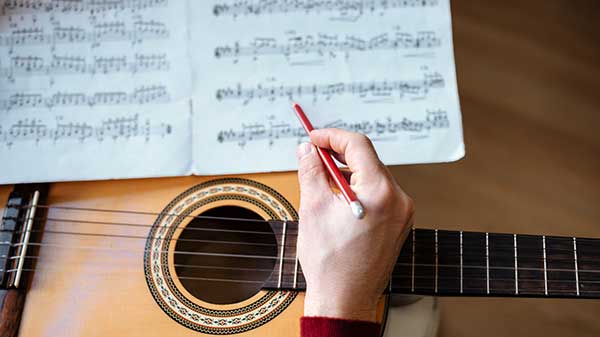
Folk Revival And Nationalism
In the late 19th and early 20th centuries, there was a renewed interest in traditional Spanish music, leading to the Folk Revival. Manuel de Falla and Joaquín Rodrigo were key figures in this movement, incorporating elements of flamenco, sevillanas, and copla into their compositions.
Manuel De Falla And Joaquín Rodrigo
Manuel de Falla and Joaquín Rodrigo are two of Spain’s most celebrated composers, both playing important roles during the Folk Revival and Nationalism movements in the country’s music history.
Falla has been regarded as a trailblazer for creating works that incorporate Spanish folk music elements.
Their influences can be seen in their compositions including Concierto de Aranjuez, which is considered one of the greatest classical guitar pieces ever written.
The work was inspired by Rodrigo’s visit to the gardens at Palacio Real de Aranjuez, where he found inspiration to compose his masterpiece.
Flamenco, Sevillanas, And Copla
Flamenco, Sevillanas, and Copla are three of the most influential forms of Spanish music. Flamenco is a folkloric style that originated in Andalusia and is characterized by its passionate rhythms and movements.
It has become an iconic symbol of Spanish culture and identity.
Sevillanas is another form related to flamenco that also originated as a medieval dance.
Copla, on the other hand, emerged in Spain during the early 20th century as a means of promoting nationalism under Franco’s regime.
Despite their differences in origin and purpose, these three styles have all contributed to shaping Spain’s musical heritage into what it is today – a diverse mix of both traditional folk music and modern pop genres influenced by various cultures around the world.

Evolution Of Spanish Music
During the evolution of Spanish music, there was a development of new popular genres influenced by rock, pop and electronic music.
Development Of Spanish Popular Music
As a music lover, it’s impossible not to recognize the significant impact that Spanish popular music has had on global music. From Latin American rhythms to Western pop and rock, Spanish popular music has become an integral part of modern music industry.
The emergence of the phonograph industry in the late 19th century played a vital role in spreading this musical genre worldwide.
Moreover, Spanish artists like Julio Iglesias, Enrique Iglesias, and Alejandro Sanz have made their mark on international charts while retaining their native identity within their works.
Influence Of The Phonograph Industry
As a music lover, it’s essential to understand the impact of technology on Spanish music history. The invention of the phonograph industry in the late 19th century played a significant role in spreading Spanish popular music worldwide.
Before its emergence, people would experience live performances or hear songs through sheet music.
The phonograph altered how people heard and consumed music. It was revolutionary because it allowed people to listen to their favorite songs whenever they wanted, creating an “on-demand” listening culture that still exists today.
The influence of the phonograph fundamentally impacted not just Spain’s musical heritage but also its cultural identity. These recordings captured glimpses of traditional folk songs that were at risk of being lost forever due to modernization.
Spanish Folk Music Traditions
Spanish folk music traditions have played an important role in the country’s cultural heritage and musical identity. These traditions encompass a wide range of styles, including Flamenco, Sevillanas, Copla, Fandango, Jota and more.
Flamenco is perhaps one of the most well-known forms of Spanish folk music. It originated in Andalusia during the 18th century and is characterized by its distinctive guitar playing style accompanied by expressive singing and rhythmic handclapping.
Another popular form of traditional Spanish music is Sevillanas. Originating from southern Spain in Andalusia province, it features lively dance movements accompanied by upbeat rhythms that are perfect for dancing.
Overall Spanish folk music continues to thrive today with artists such as Rosalía who fuse Flamenco tradition with modern sounds like Trap Music while staying true to their roots showcasing how dynamic this genre still continues to be even after centuries passing since its origin.”
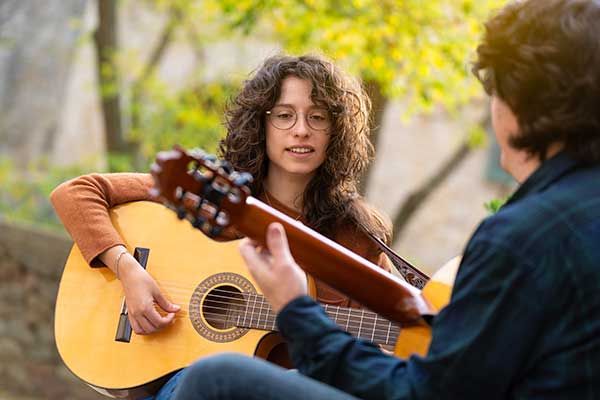
Contemporary Music
Contemporary Spanish music is a reflection of the country’s diverse culture, with elements of modernismo and avant-garde, as well as pop, rock, and electronic genres.
Modernismo And Avant-Garde
As Spanish music entered the 20th century, changes and developments in musical language led to the emergence of Modernismo and Avant-Garde movements. Spanish American modernists adopted Parnassian tendencies towards a cult of beauty, preoccupation with historical themes, and focus on avant-garde music.
Poetry of the Latin American Avant-Garde influenced poetry, popular music, film, and art. As a result of this interplay between different forms of cultural production and consumption of music in particular historical contexts; new genres like flamenco fusion emerged.
Pop, Rock, And Electronic Music In Spain
I’m excited to talk about the evolution of pop, rock, and electronic music in Spain. Here are some interesting facts:
- The end of Franco’s regime marked a significant shift in Spanish music, as pop and rock ‘n’ roll became more popular. Artists such as Los Bravos, Fórmula V, and Miguel Ríos emerged during this time.
- In the 80s and 90s, Spanish techno music gained popularity with the rise of EBM (Electronic Body Music) and experimental sounds. Juan Atkins and Derrick May were some of the pioneers of this movement.
- Pop music has been a long – standing genre in Spain, with artists like Julio Iglesias becoming international stars. Spanish pop has also influenced Latin American music greatly.
- The British Invasion in 1964 brought acts such as The Beatles and The Rolling Stones to Spain, adding elements of rock to the country’s musical landscape.
- Today, contemporary Spanish musicians continue to experiment with various genres, creating a fusion of traditional styles with modern sounds. Some popular artists include Rosalía (who incorporates Flamenco into her music), C. Tangana (who blends hip-hop and reggaeton), and Belako (who add punk rock influences into their sound).
The Future Of Spanish Music
The future of Spanish music is bright with emerging artists and new genres, as well as the continued influence of traditional styles. From flamenco to pop, there’s something for every listener to enjoy.
Emerging Artists And Genres
As a music lover, I am always on the lookout for fresh and exciting sounds. Here are some emerging artists and genres in Spanish music that you might want to check out:
- Rumba Catalana – A genre of Catalan rumba mixed with flamenco and Cuban rhythms, popularized by groups like Peret and Gipsy Kings.
- C. Tangana – A Madrid-based artist who blends hip-hop beats with traditional Spanish sounds. His album “El Madrileño” has been praised for its innovative fusion of genres.
- Nathy Peluso – This Argentinian singer-songwriter draws from jazz, soul, and hip-hop influences to create a unique sound that defies categorization.
- Juan Wauters – Originally from Uruguay, Wauters has made a name for himself in the indie rock scene with his introspective lyrics and acoustic guitar-driven melodies.
- Neo-Perreo – This subgenre of reggaeton is known for its quirky visuals, hyper-sexualized dance moves, and futuristic beats. Artists like Bad Gyal and Ms Nina are leading the charge in this movement.
With so much innovation happening in Spanish music right now, there’s never been a better time to explore new sounds and discover your next favorite artist!
How Spanish Music Will Continue To Influence Global Music
As a music lover myself, I have no doubt that Spanish music will continue to influence global music for years to come. With its cultural heritage and unique musical evolution, it’s hard not to be drawn in by the allure of Spanish folklore and Flamenco dancing.
In recent years, we’ve seen the rise of regional Latin music across the globe, with Mexican genres taking center stage in many countries. This shift reflects demographic changes happening around us.
Despite these changes, one thing is certain: Spanish music’s global influence will only continue stronger than ever before!
Conclusion
In conclusion, the history of Spanish music is a rich tapestry woven together from many different cultures and traditions. From the ancient Celtic and Iberian influences to the modern pop and electronic sounds of today, Spanish music has continued to evolve and inspire generations of musicians around the world.
The intricate rhythms of flamenco, the haunting melodies of Sephardic music, and the soaring voices of classical choirs are just a few examples of the incredible diversity that can be found in this vibrant musical culture.
Whether you’re a die-hard fan or simply curious about exploring new sounds, there’s no doubt that Spanish music will continue to captivate audiences for years to come.
Thanks for reading.
TBone

